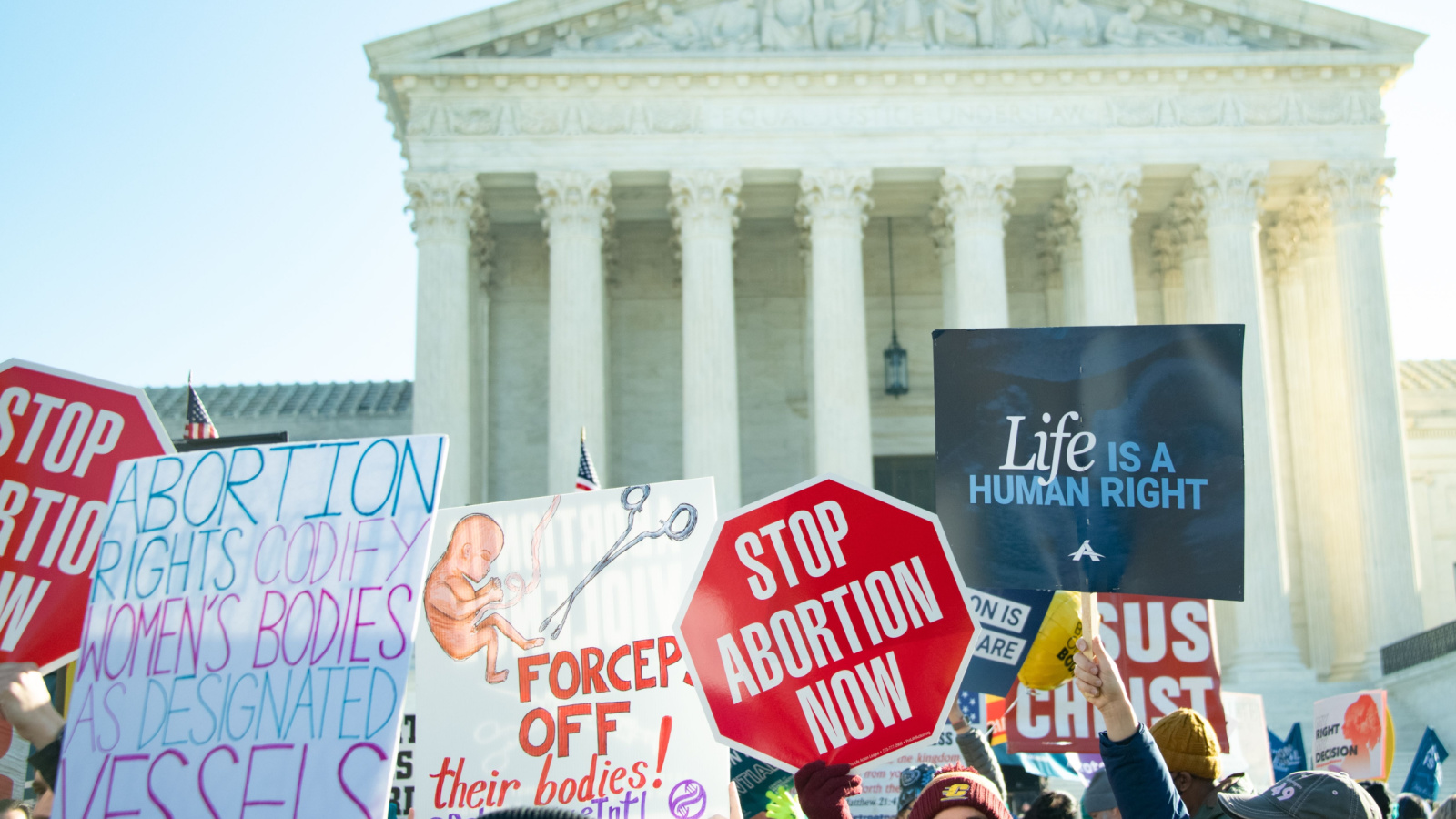A new report this week from the Federal Reserve Bank of New York revealed that American credit card debt has reached $1.14 trillion collectively, or about $6,329 per person, according to TransUnion. Both reports show that borrowers need to catch up on credit card payments.
Increase in Consumer Balances

According to a credit industry report from TransUnion, the average consumer balance is 4.8 percent higher than a year ago.
Rising Delinquency Rates

Delinquency rates are also increasing, with 9.1 percent of credit card balances becoming delinquent.
Borrowers Stretching Their Limits

Michele Raneri of TransUnion said borrowers are “maxing out their credit cards. That’s usually a pretty good indicator that people are stretched.”
Historical Decline in Balances

In 2020 and 2021, credit card balances fell. This is attributable in part to the federal government’s stimulus check and retrenchment from spending while people were staying at home during the COVID-19 pandemic.
Post-Pandemic Increase in Balances

However, credit card balances have increased continually since 2021 and have now increased by at least 48 percent. This is owing to a post-pandemic boom in demand for services and rising interest rates. The Fed tried to contain inflation, which also contributed to the debt load.
Increased Spending on Experiences

Following the pandemic, the U.S. has seen record travel days, and younger generations spend more than ever on entertainment and experiences, according to a Bankrate report.
Revenge Spending Phenomenon

Economists and financial analysts call this “revenge spending,” it has persisted for several years after the pandemic lockdowns.
Reclaiming Normalcy

Raneri said, “Maybe there is a way to position it so that they can check off some of the things that they feel like they missed and get back to normal.”
High-Interest Rates

Maintaining a balance on a credit card is one of the fastest ways to lose money, as interest on credit cards is upwards of 20 percent, an all-time high.
Importance of Paying Down Debt

A senior analyst at Bankrate, Ted Rossman, said, “With credit card balances at an all-time high and the average credit card rate hovering near record territory, it’s more important than ever to pay down this debt as soon as possible.”
Methods to Pay Down Debt

There are many ways people pay down their credit card balances. One way is consolidating debt; another is paying off cards with the highest interest rate first or using a lower-interest personal loan to pay off the high-interest credit cards. A third way is to transfer your balance to an interest-free card.
The Snowball Method

Financial expert Dave Ramsey and his team espouse a fourth method: the “snowball method,” in which a borrower pays off their lowest balance card, then works to pay off the second-lowest balance card, and so on, until all their cards or debts are paid off.
The Benefits of Being Debt-Free

No matter which method one chooses to pay off debt, especially credit card debt, in this economy, the financial benefits of being debt-free cannot be overstated.








